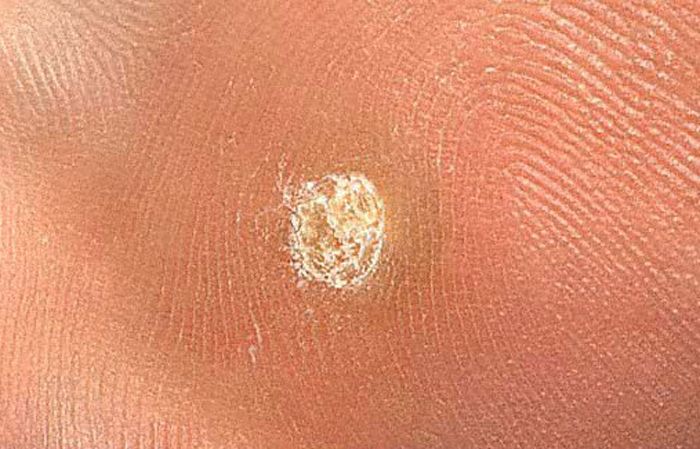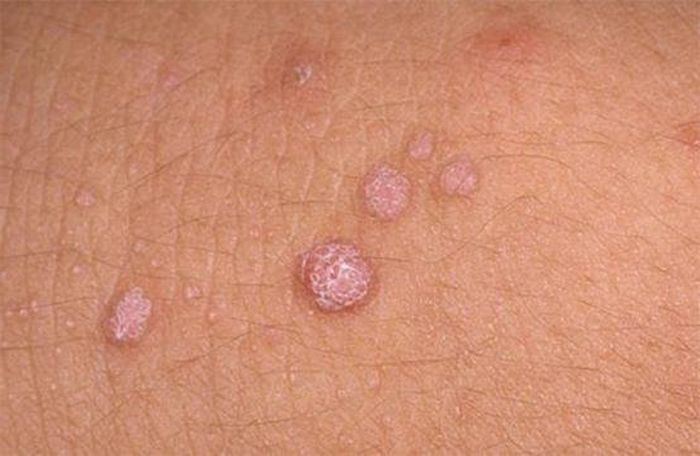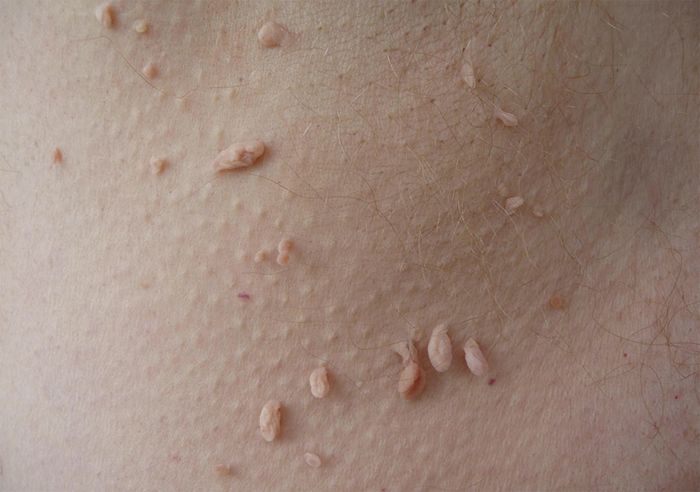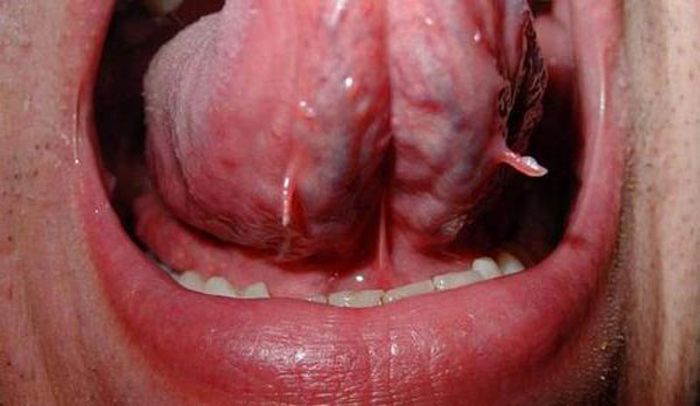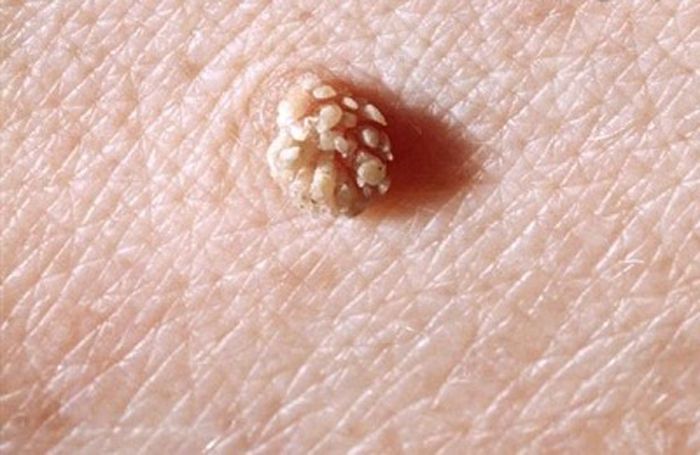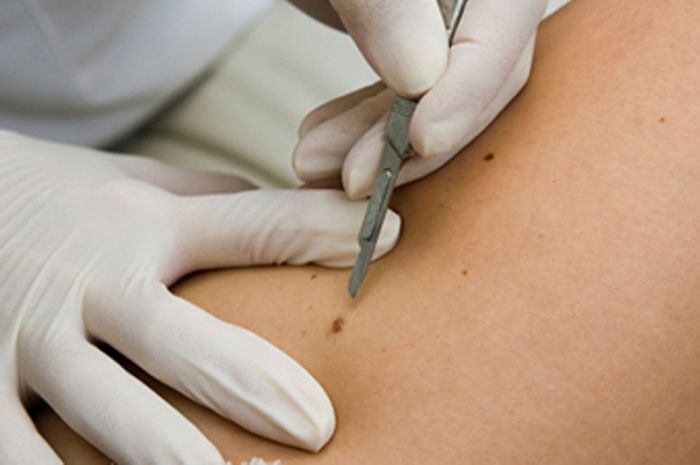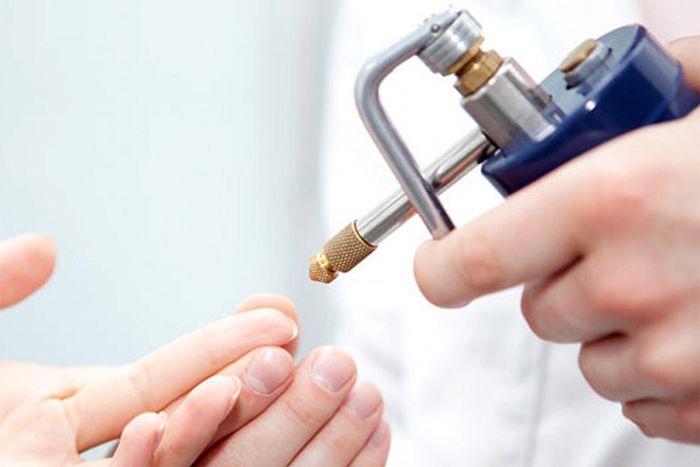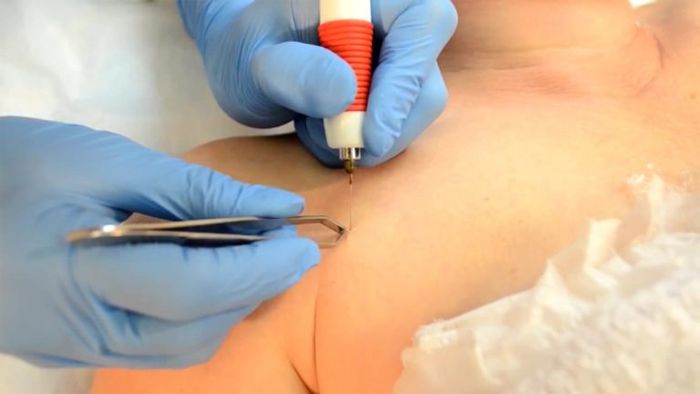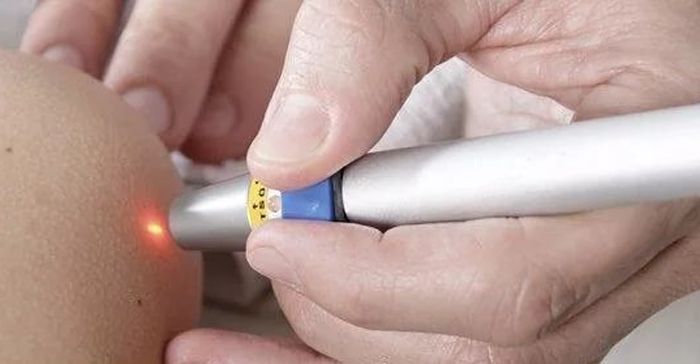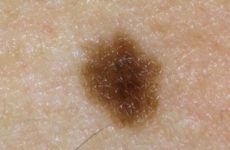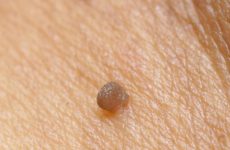The general name of benign growths on the skin and mucous layers of the warty appearance is papilloma.
The sole and main factor in its occurrence is the human papillomavirus, an abbreviation in the literature of HPV. What papilloma looks like depends on the type of stamp that caused it. The occurrence of growths equally affects both women and men. Diagnosis and therapy are carried out by dermatovenereologists and gynecologists.
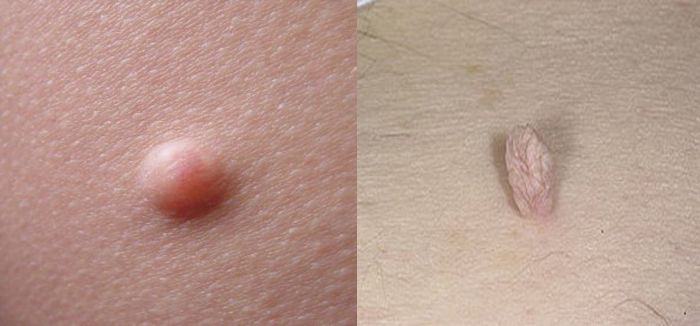
Содержание:
The concept of HPV
Among the thousands of viruses that exist in nature, there is a group of viruses that causes manifestations of warts, papillomas, condylomas and the serious consequences of their introduction into the body, called HPV, that is, the human papillomavirus. HPV or HPV in the decoding of analyzes by abbreviation.
Not blood or saliva, but only the skin cell of an infected person is the only source of the virus. If a small growth belonging to papillomas appeared on the skin, then the person became the carrier of the source of the virus. The subclinical stage of the disease, when changes in the skin cover are still microscopic, is capable of infecting the virus upon contact with another person.
What does a virus look like? According to its biological structure, papillomavirus has a small virion without a membrane envelope. Its genome consists of a DNA molecule surrounded by cellular proteins capable of compacting DNA in the nucleus.
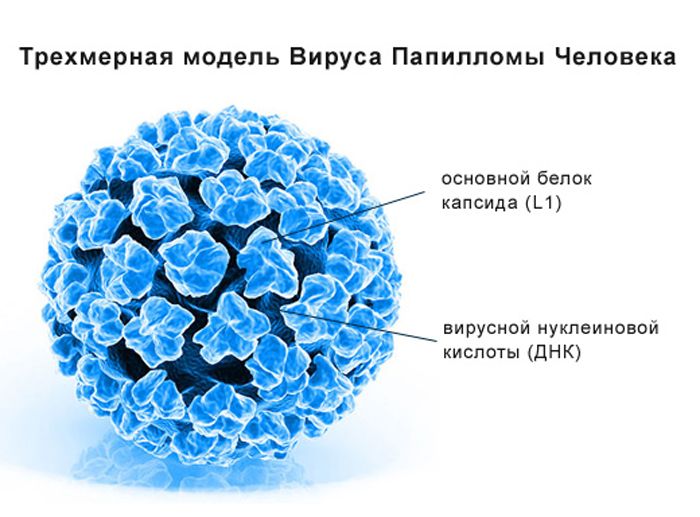
These proteins are of 2 types:
- early proteins that contribute to the reproduction of the virus and the degeneration of cells into a malignant character;
- late proteins are responsible for the structural function and form the virion capsid, i.e., the outer protein coat.
Infection of skin cells and mucous membranes occurs in the basal layer of the epithelium, keratinocytes. Keratinocyte cells stand guard between the external and internal environment of the body. A virus does not have its own cell, it needs a living cell to invade. Penetrating into the host cell, it leaves its protein shell on its surface.

It is she who enables the defense to recognize a foreign antigen and engage in its destruction. Strong immunity is able to destroy papillomavirus. Weakened immunity may not be able to cope with this task, and the virus will infiltrate, integrating into the chromosomes of cells, activate, appear externally or, worse, on internal organs. Infected cells begin to rapidly divide and grow in a small area, outwardly manifesting as warts and papillomas.
What forms of education
Often HPV infection enters the body in childhood. Children are often prone to injury: abrasions, scratches, broken knees. And minimal skin damage upon contact with a carrier of the virus will cause infection of the child. Warts grow at the site of penetration. The prevalence of warts in 90% of the people of the globe.
In appearance, a nodule of a benign nature is formed on the skin. The size varies from 2 to 10 mm in diameter. The wart has clear boundaries, but the shape may be irregular or oval. The top of its surface is rough, not smooth. The color of the growth from light tones to brown or even black.
Warts are grouped and classified as:
- flat formations;
- ordinary, vulgar, plantar growths;
- filiform neoplasms, acrochords;
- senile, age;
- genital warts are included in a separate group.
Their heterogeneity lies in infection with different types of HPV. HPV stamps that cause warts other than warts are 1, 2, 3, 4, 5, 10, 28. Genital warts are types 6, 11, 13, 16, 18, 31, 35.

Papillomas are the same formations provoked by a virus, but slightly different in appearance. The formation is soft, more oval in shape, reminiscent of a nipple. Growth comes from a thin stem, or broad base. Coloring is mostly in skin tone. The size range is wide: from 0.2 to 10 mm.
It is visually difficult to understand the differences between warts and papilloma. A feature of papilloma in the presence of a thin or wide leg, with which the pendant comes. Human papilloma looks like a torn tissue, in appearance it either looks like a cauliflower stalk, or a cockscomb. The wart has clear boundaries. In addition, the focus of localization of the growth is important. Hands, feet, dotted with formations, will often be warty in nature. Favorite foci of papilloma growths are the area of \u200b\u200bthe mammary glands, genitals, armpits.
Ways of infection are stamps of HPV viruses that provoke the appearance of warts, enter the body from childhood. And genital warts penetrate the mucous membranes during sexual intercourse. Genital warts or “anogenital warts” require more explanation. Papillomas on the labia act as genital warts. The source of the infection is the condylomas of the partner.
The condyloma itself has not yet formed on the mucous membranes, but infected cells are already present. At the beginning of the disease, there is a slight itching, redness in the area of growths protruding above the mucosa in the form of tubercles or vesicles. As the disease develops, the growth increases to 1.5 cm, acquiring the appearance of a cock’s comb or a cauliflower coil, typical of warts. Itching intensifies, new blisters appear.
All this wealth is located on the genitals, genitals , in the groin, on the pubis , anus, and is also rarely observed in the oral cavity, tongue, lips, cheeks. Inside the genitals, you can’t visually see what papillomas look like without special equipment. A long period will pass from sexual infection to the manifestation of condyloma.
With strong immunity, it can take years, otherwise you can expect 2-3 months. It all depends on the strength of the immune system. And although the main route of transmission is sexual, infection of virgins and children in a domestic way is not excluded: a shared bathroom, a toilet bowl rim.
The virus lives for a few minutes in a warm, humid environment, but this is often enough to infect. Sex with protection is not a 100% guarantee. This is due to the contact of unprotected areas of the genital organs. The progression of the disease gives complications, both in men and women, up to infection of the child during childbirth.
The possibility of malignancy of papillomaviruses
Papillomas on the body are not just a cosmetic defect, a serious disease. If the formations are not treated, then they grow, occupying more and more healthy tissue, i.e. the number of viruses grows, changing the cells. This mutation can start malignancy. This is the degeneration of a cell into an oncological one and the formation will become a cancerous tumor.
This is quite common. Therefore, the need forced all papillomavirus stamps to be classified according to the degree of risk of developing cancer:
- Non-cancer HPV stamps: 1, 2, 3, 4, 5, 10, 28, 49.
- Low oncogenic risk stamps: 6, 11, 13, 32, 34, 40, 41, 42, 43, 44, 51 , 72.
- Medium oncogenic risk stamps: 26, 30, 35, 52, 53 , 56, 58 , 65.
- High oncogenic risk stamps: 16, 18, 31, 33, 39 , 45, 50, 59 , 61, 62, 64, 68 , 70, 73.
HPV infection is manifested not only by warts and papillomas. Its danger is in dysplasia and other oncological diseases.
Looking for the causes of the appearance of malignant tumors, which do not spare even young people, some foreign scientists are inclined to believe that it is the papillomavirus that provokes cancer of various localization.
Dysplastic phenomena in the epithelium are caused by the HPV stamp, as a result, a cancerous tumor appears. 100% proven and received the Nobel Prize for the association of HPV with cervical cancer.
There is evidence of such a connection in oncology of the breast and larynx, not confirmed by global recommendations. They expect to prove cancer of a different localization, for example, the intestines. All tumors are the result of HPV activity.
Treatment and prevention
The virus that has settled in the body cannot be completely cured. But it is necessary to reduce its vital activity so that the immune system, recognizing that it changes cells, suppresses its concentration.
3 directions dominate in healing:
- removal of all visible formations, be it warts, papillomas, condylomas;
- mandatory antiviral therapy. The arsenal of antiviral agents is constantly updated with new developments;
- tireless care to strengthen the immune system: immunomodulators, immunostimulants, vitamin complexes.
When you see a picture with papillomas, sometimes your hair stands on end from the nightmares that people suffer from. Therefore, that part of the treatment, which is aimed at removing papilloma, is the most effective. Patients try to quickly get rid of external growths. At the same time, forgetting that papillomas on the body can be defeated only in a complex of three main directions. This is the prerogative of modern medicine.
Self-medication can be used after all examinations and tests, the choice of treatment tactics. Basically, self-treatment can be used to reduce external papillomas in places where you can do it yourself. But the choice of drugs for removal is still left to the choice of the doctor. Now there are a lot of pharmacy funds for any wallet. Therefore, the doctor will select the drugs according to the patient’s means.
Vaccination
How to save yourself from a formidable disease? At the moment, this is vaccination, which is constantly being developed from different strains of viruses. If the state does not care about its people, then it is necessary to find funds and insure the future of their children by vaccination.
Currently, there are 2 effective vaccines:
- Vaccine Gardasil is registered in more than 60 countries of the world, including Russia. It is recommended not only privately for vaccination, but many countries do it without fail according to the schedule of the vaccination calendar. It is effective against the most harmful 4 types of HPV – 6,11,16,18. But vaccination against them reduces the risk of contracting warts and oncology by 90%.
- The second vaccine preparation is at the stage of registration and is not yet subject to discussion.
Vaccination does not preclude other precautions. Find out also what HPV is, deciphering the results of the analysis
